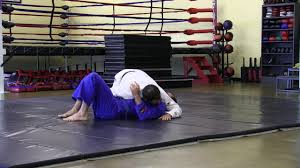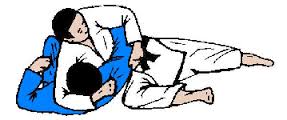Knowing each of the primary Jiu Jitsu Positions and how to transition between them is the first, and most important, priority for any new practitioner. Having a good flow between positions makes you difficult to catch and tap out. It also allows to the most opportunities to find a weakness and submit your opponent.
Jiu Jitsu Positions
The main variants of the cross body pin are:

Brazilian Cross Body.
In this position your head side arm in on the far side of your opponent. Your elbow is on the mat by their head and you are often applying some pressure by pulling that elbow toward your hip to distort the opponents head position. (Where the head goes, the body follows) Your leg side arm is checking the near hip and wrapping around their thigh. Apply some pressure with this arm to prevent them from sliding their knee in between you as a wedge to create space. Drive your weight down through your chest to limit their movement and ability to breathe freely.
 Kesse.
Kesse.
This position is most commonly used to control the head and shoulders of your opponent. You are lay across your opponents chest with your hip on the ground. The arm on the far side of their body is reaching under their shoulder (under-hooking) and pulling toward you to limit their movement. Your near side arm is squeezing their arm to your body and hold the upper arm. Press your weight down through their chest. Though not as secure as the Brazilian cross body this position does other opportunities to submit and flow between these positions to maintain a pin is the beginning of your cross body game.
Other Cross Body pins include the Kesse facing the feet, “Wrestler Pin” and Knee pin.
When you begin your development in Jiu Jitsu focus on understanding what each position is for. Develop the ability to flow from one to another in response to whatever force your opponent attempts to use. This will allow you to maintain a dominant position against even a stronger opponent.



